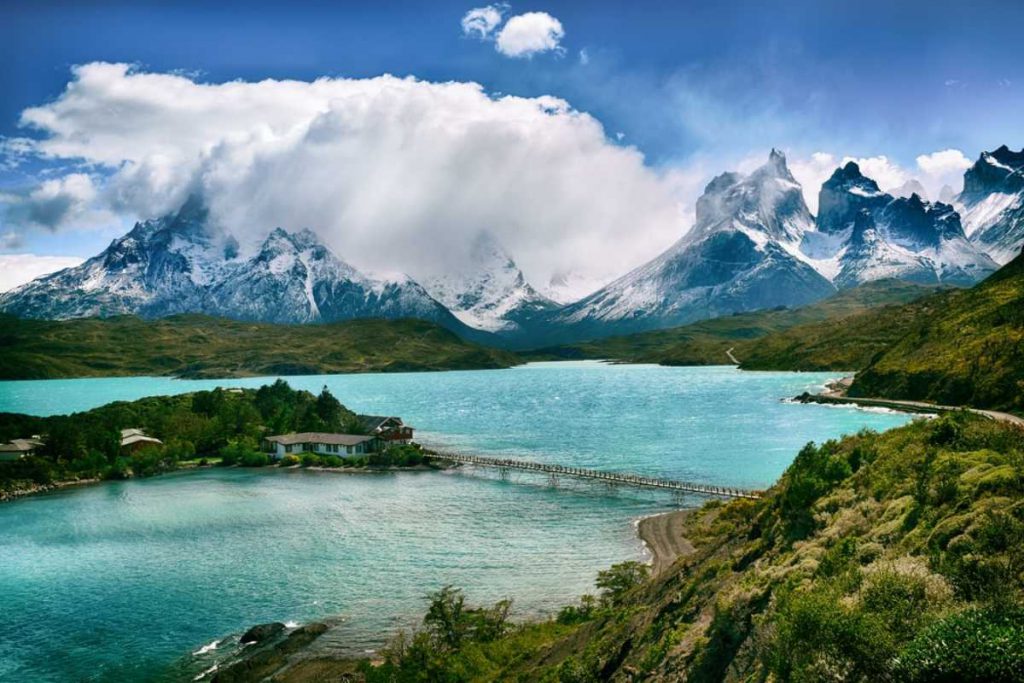Rules & Regulations
Make sure you fully understand all the road rules that we have provided before you start your journey in Chile.
- Drive on the right-hand side and overtake on the left.
- Seat belts are mandatory for all occupants of the vehicle.
- The alcohol limit allowed is 0.05%. There are heavy fines or possible imprisonment for exceeding the blood alcohol limit.
- The use of a mobile phone whilst driving without a hands-free kit is prohibited.
- Smoking whilst driving, or listening to a personal music player with headphones is illegal.
- Right-hand turns are generally prohibited at red lights unless otherwise posted.
- Throughout Chile, care should be exercised when changing lanes or merging.
- Always drive slowly when you are approaching a road junction or a hill. Give way to pedestrians at all times.
- When driving in Santiago it is important to know that on each of Santiago’s main roads there is one lane that is provided for buses and taxis only. They are separated by a yellow median and may not be used by normal cars. Also, pay attention during rush hours as some of the main roads change their driving direction during peak hours and traffic only runs in one direction on all lanes.
Please make sure that you are aware of all the road regulations before you start driving in Chile.

Speed Limits
Standard legal limits when driving in Cyprus, which may be varied by signs, for private vehicles without trailers are:
- 100-120 km/hr on two-lane highways
- 60 km/hr in urban areas
Things to Bring Along
- Full UK driver’s license.
- International driver‘s permit
- Carry your passport with you when driving in case you get stopped by the police.
- A road map of the area you are driving in.
Additional Information
- During fall and wintertime, the smog levels in Santiago are extremely high and the government tries to control this. Certain cars are restricted from driving in Santiago between 7.30 am and 9 pm. The restriction depends on the last cipher on the license tag and usually affects cars without catalyzer.
- Remember that distances between destinations in Chile can be large so make sure that you refuel at petrol stations when you can as they can be few and far between.
- Fuelling in Chile is very convenient, filling station attendants work at almost every petrol station. They will fill up your car, clean your car windows and control the oil and water level if desired.
- Some of the roads in the capital Santiago have electronic free-flow tolls.
- The emergency services number is 133 for the police, 132 for an ambulance or medical services and 131 for the fire department.
- Parking is generally easy in most of Chile but beware that parking spaces may be narrower to what you are used to.
- You will come across parking assistants in Santiago and all over Chile. Some of them are employed by the municipality. They assist drivers in parking their cars, whether it’s necessary or not and watch your car while you’re gone.
- Those, who are officially employed, receive a specified parking tax that is determined by the municipality.
- All motorway signs are in Spanish.
- The conditions of the major roads in Chile are generally good but the country suffered from an earthquake in 2010 so this may have affected many roads.
- Smaller roads in rural areas may be in bad condition so take extra care when driving on these roads and look out for potholes.
- Care should be taken while driving in the mountains because the roads tend to have many tight switchbacks and may not have guardrails.
Sixt has 2 branches in the capital city of Santiago including one at the Santiago de Chile airport.
Sixt wishes you a pleasant a safe trip when using our car rental service in Chile.